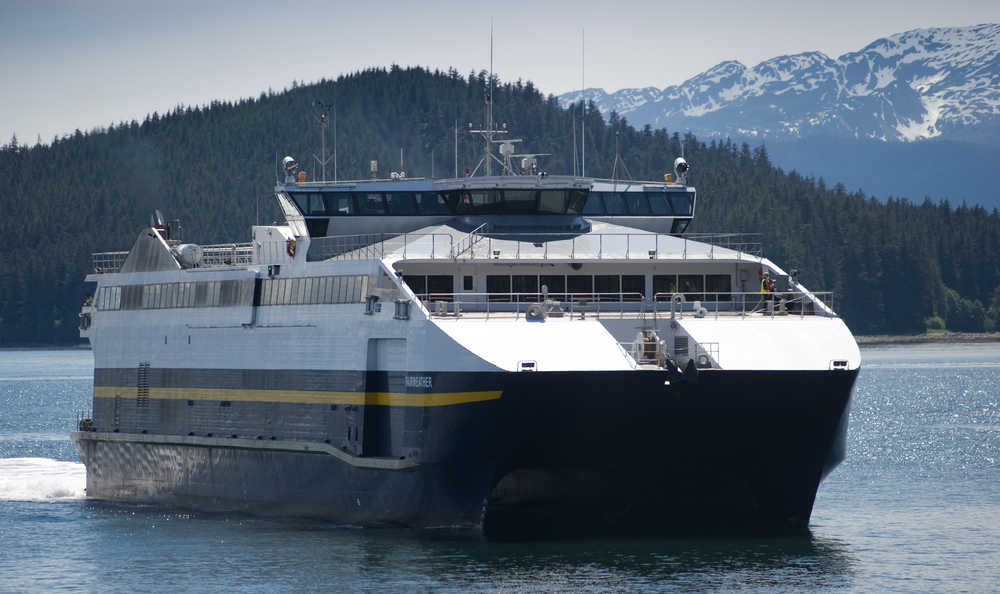Anticipated budget cuts are sinking service by the Alaska Marine Highway.
On Tuesday, the state ferry system unveiled a summer 2016 draft schedule that shows four of the state’s 11 ferries laid up for lack of funding.
“Right now, the marine highway system is fighting for its life,” said Robert Venables of Haines, chairman of the state’s Marine Transportation Advisory Board.
The Taku, Fairweather and Chenega will not run from May 1 to Sept. 30, 2016, the peak of the Alaska tourist season. The ferry Malaspina will run only from May 1 to May 25 before being laid up.
The Taku was the first ferry to be laid up by cost-cutting efforts and has not moved from its Ketchikan moorage since last year.
“It is rather abysmal,” Venables said. “This is definitely the lowest (service) we’ve seen in a very, very long time.”
Jeremy Woodrow, a spokesman for the marine highway, said the Alaska Department of Transportation is expecting further budget cuts when the Alaska Legislature meets in January.
“Therefore, we’re planning accordingly,” he said.
The state’s fiscal year begins July 1, neatly halving the summer season. The DOT — parent agency of the marine highway — knows its budget through the end of June. What happens from July 1, 2016 onward will be decided by the Legislature.
While no one knows what the Legislature’s final ferry budget will be, almost everyone is expecting it to be lower.
“The reductions we saw as a department this year are about halfway from where we’re going to go,” Woodrow said, explaining the state’s estimate.
Less funding means less service. Unlike a hard-surface roadway, which can defer pothole-filling and maintenance but remain passable, the Marine Highway needs to pay for staff, fuel and maintenance to convey cars.
In summer 2014, the state’s 11 ferries provided a combined 212.9 weeks of service. In summer 2015, that dropped to 184.3 weeks as a result of budget cuts.
“Next year, we’re proposing 145 weeks of service,” Woodrow said.
That figure does not include time out of service for breakdowns — every year has them — and with fewer boats in service, any breakdowns will have a bigger effect on schedules.
“With less ships in the water, we’ll have less flexibility to move around the schedule to pick up passengers that may be affected,” Woodrow said. “There may be times when people will be sitting for extra days or have to find alternative travel methods.”
The state is collecting public comment on the summer ferry schedule, but Venables said to make a difference, Alaskans need to also talk to state lawmakers.
“We really need to focus on the transportation needs and what is basic transportation, and make our case to the Legislature,” he said.
After the public comment period ends, the summer schedule will be finalized before the end of the year. Reservations for the summer 2016 season are expected to open in December under the ferry system’s new online reservation system.
TO PARTICIPATE
Written comments on the ferry schedule must be submitted to dot.amhs.comments@alaska.gov before Nov. 3. A teleconference to hear oral comments will take place Nov. 4. Call 1-800-315-6338 and use code 03902#. Southeast residents are invited to participate at 10 a.m.; Southwest and Southcentral residents at 1:30 p.m.

